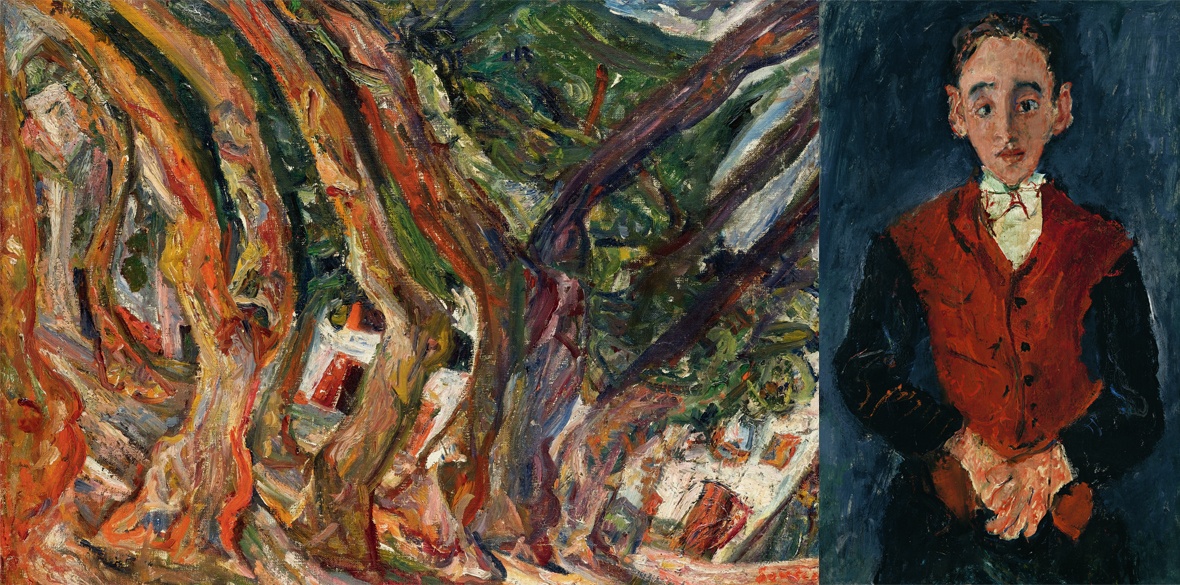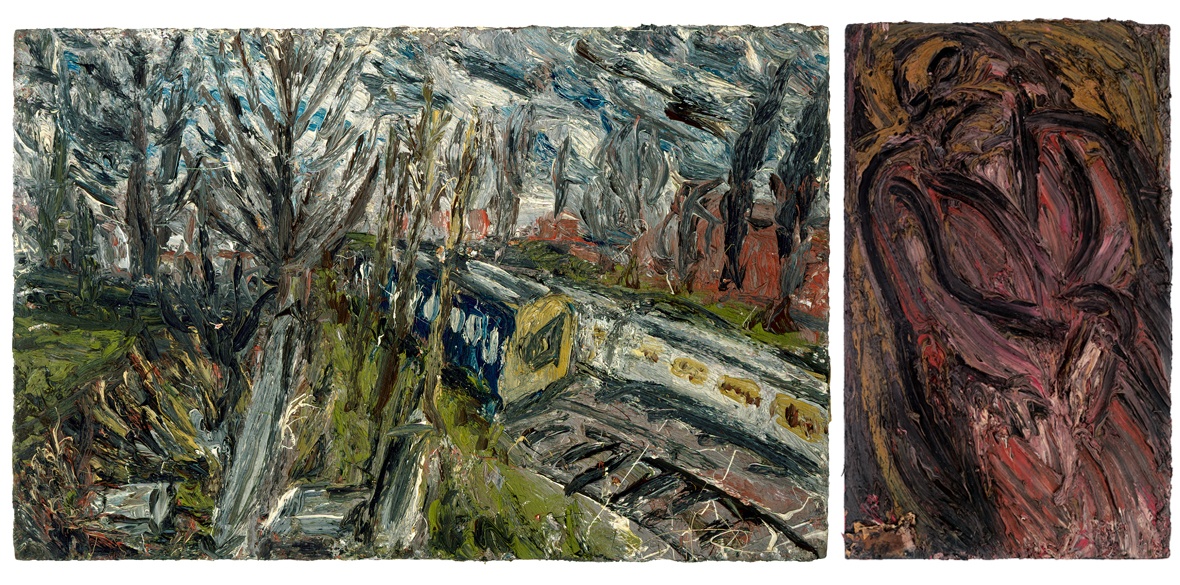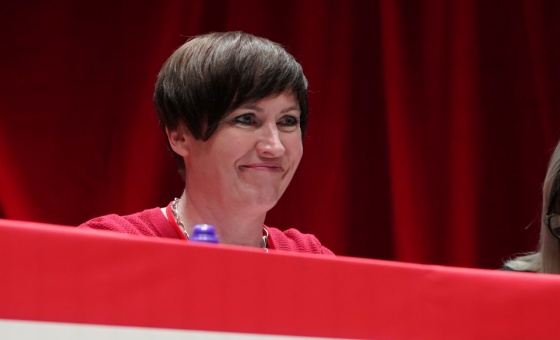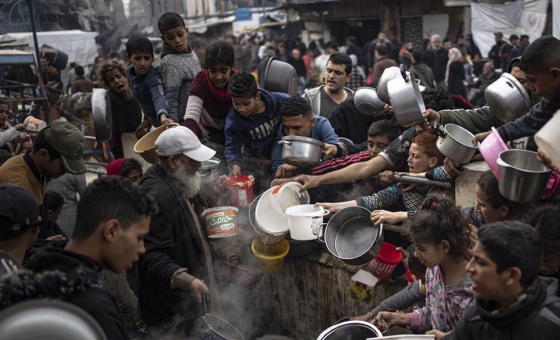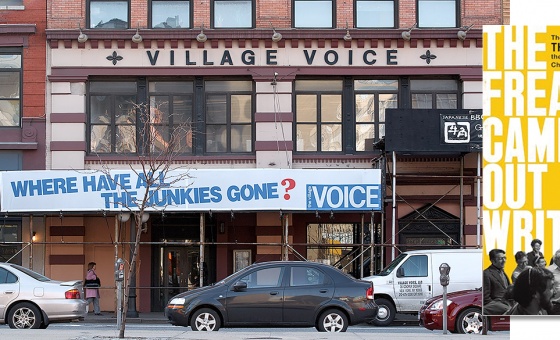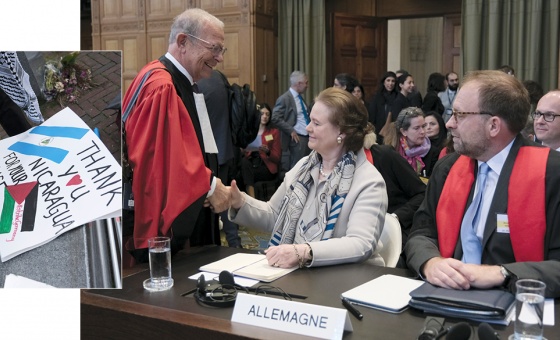This is the last article you can read this month
You can read more article this month
You can read more articles this month
Sorry your limit is up for this month
Reset on:
Please help support the Morning Star by subscribing here
WHAT connects the work of two highly regarded 20th century artists, Chaim Soutine and Leon Kossoff?
The short answer is their expressive work, their subjects — ordinary people and places — and the way the first influenced the second.
Hastings Contemporary art gallery has brought together an impressive collection of Soutine and Kossoff’s landscapes and portraits in this beautiful gallery located just metres from the fishing boats that sit on the shoreline.
Soutine, who like Kossoff was Jewish, died in 1943 in rural France, where he was hiding from the Nazis. Even then, tormented by stomach ulcers, he continued painting, including a portrait of an unknown mother holding her sleeping child.
The mood of the piece is uneasy, rather than maternal, as the mother stares outward plaintively (perhaps at Soutine) while the child slumps uncomfortably.
Soutine is famous for his portraits of workers — pastry chefs, page boys and others —- many of which are on display in Hastings.
He was a major influence on later abstract expressionists such as De Kooning and Francis Bacon, and was himself the subject of numerous portraits by his friend Modigliani, who immortalised him as a young man.
His pastry chef with arms defiantly splayed and fists on hips is reminiscent of the aristocrats and merchants painted by Rembrandt centuries before (both he and Kossoff admired Rembrandt’s rough, expressive style).
Here we also see Soutine’s wonderful rural French landscapes from the 1920s, painted as if the artist saw them through distorted, wavy glass, in which colour and movement almost overwhelm the subject.
This allows the viewer to enjoy the emerging details of the scene, such as the houses and the vivid, oscillating tree in Cagnes Landscape with Tree.
An earlier piece, also of a tree surrounded by brightly pastelled houses, Place de Ceret, is more furious and violent in the intensity of the brushwork and palette.
Soutine’s portraits are empowered with bold strokes and dashes of colour, such as the ruddy-faced young man in a black jacket, one of his unnamed workers.
By contrast a favourite of mine is the wealthy looking sitter in smart jacket and tie, legs folded and mouth in a defiant pout. So much of the sitter’s character can be read from Soutine’s supreme ability to capture feeling and personality.
Kossoff, who died in 2019, lived in a very different milieu to Soutine, and found his inspiration in the ruins and rubble of postwar London.
Together with fellow artist Frank Auerbach, he was influenced by Soutine’s works. Taught at Borough Polytechnic by David Bomberg in the 1950s, he was urged to “find the spirit in the mass” — and boy does he achieve this.
In his hands paint becomes a topographical force, creating crests and peaks of volcanic movement. The reality Kossoff portrays — railway bridges, building sites, views over London rooftops in Willesden and Dalston — appear to be melting and swaying as if through eyes under psychedelic influence. The colours are often darker, sometimes mud- or rock-like.
This technique is used to remarkable effect in his portraits, such as those of Romanian author NJ Seedo, who fled anti-Jewish violence to London.
Using thick swirls of brown and ochre he creates an overwhelming intimation of the subject’s sorrows and terrors.
The paint lives and moves, and is in the act of becoming — nothing is quite solid and at times is in a state of energetic dissolution. He does some fine, touching sketches in paint of his brother and wife, with a few deft strokes in a simple palette we feel a sense of both love and sadness.
By contrast to Kossoff’s more brooding works, I love his joyful panorama of the Willesden public swimming pool in 1972, with families and children packed into the water, and bright, lively strokes conveying the riotous happiness of the scene.
Both artists struggled for some kind of truth and authenticity in their work, trusting instinct over technique. In this joint exhibition we are swept up in the intense, emotional force of their work, like a window through the eyes of artists who came close to the catastrophes that shaped the 20th century.
Soutine / Kossoff, Hastings Contemporary, ends September 24 2023.

